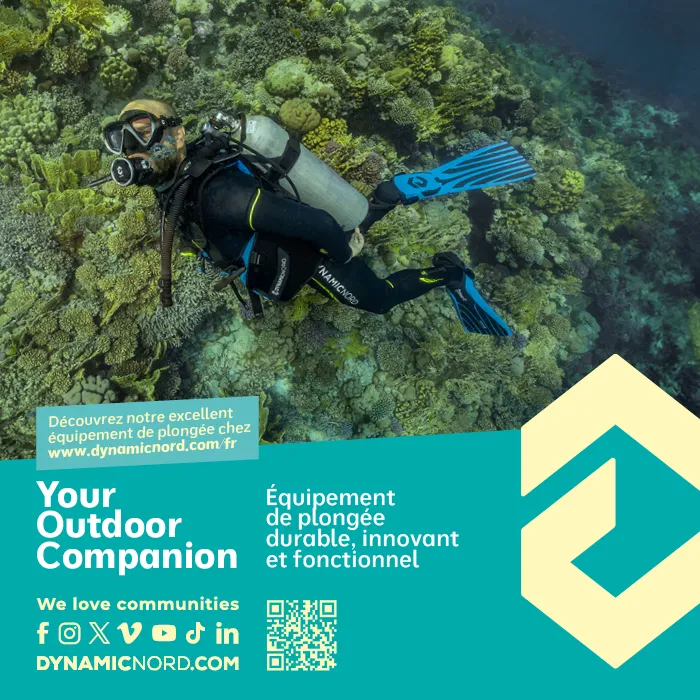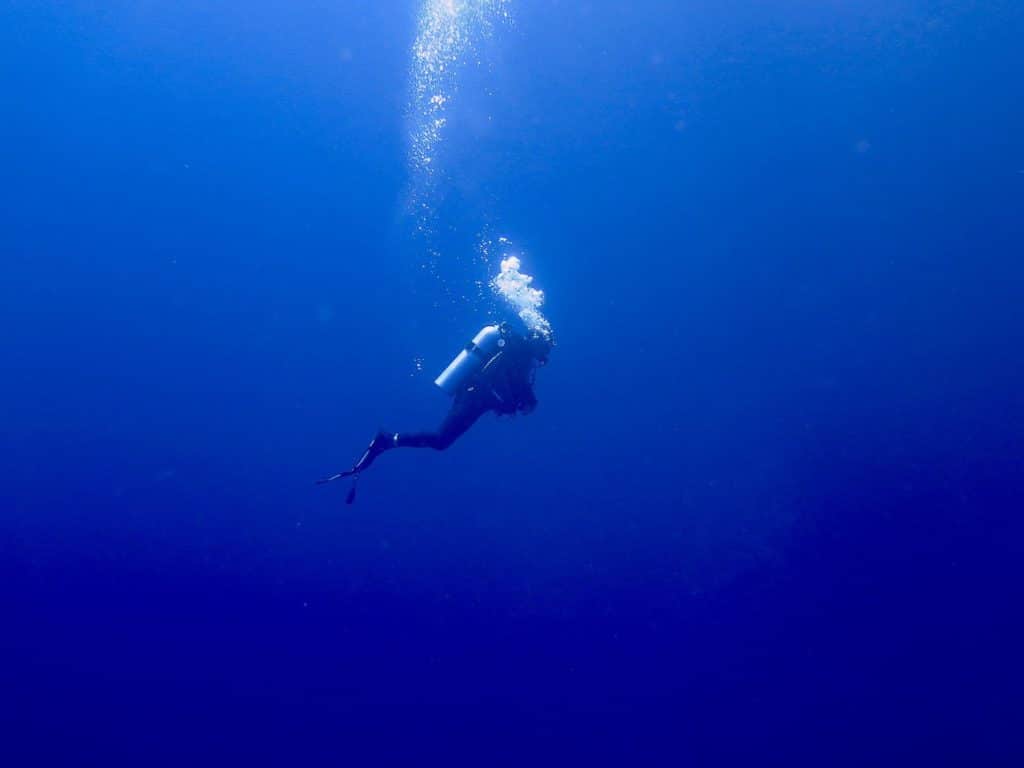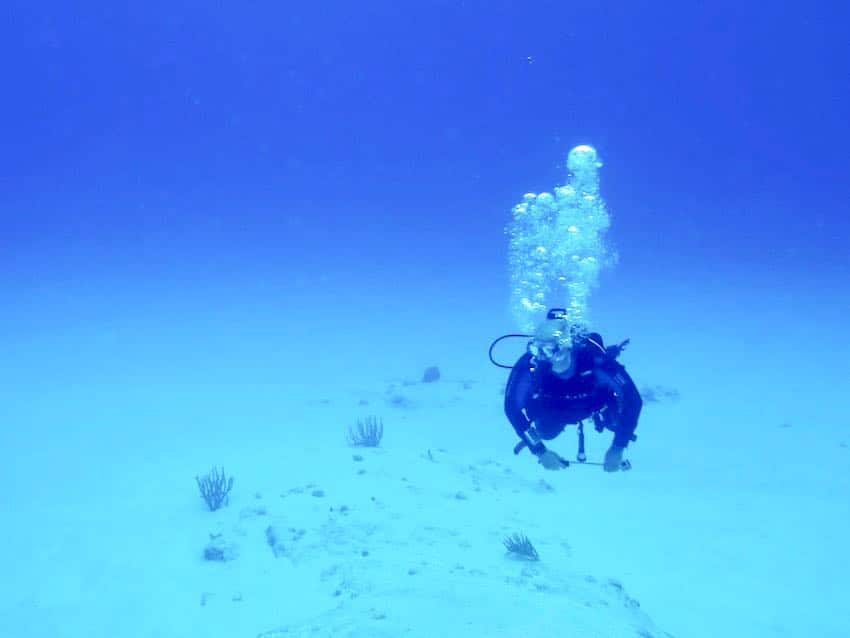Diving in Cold seas : 5 dives not to be missed

Although there are many mythical or unusual dives to discover in the warm seas of the globe. The diving in cold seas contain secrets and wonders which it would be a pity to neglect.
5 of them are unavoidable:
Scapa Flow, Scotland, really diving in cold seas all year round
It is in the North of Scotland that you will discover the largest cemetery of German wrecks of World War I.
A dream destination for scuba divers and history buffs, the venue has become mythical for divers all over the world.
The particularity of the wrecks lying on a bottom of maximum 45 meters is to have been scuttled by their sailors. They were not destroyed and cast by the allied forces. In addition to the historical interest of these dives, the Scottish destination allows to enjoy the sun until 23H in July. This is ideal for visiting archaeological remains of more than 5000 years of age after diving, to observe wild puffins or to taste fabulous Whisky. A destination to be preferred also with non-diving companions amateurs of nature, history and wide open spaces.
Scuba diving in a high-altitude lake, France
This is not diving in cold seas but Imagine the majesty of the Alps. The lake is there in front of you at 2.000 meters of altitude. The staff welcome you and help you to equip yourself in the warmth of the hut. Once equipped, you walk on the frozen lake ice to one of the three drilled holes for diving while a sled brings your gear. You sit with your feet in the water and you do nothing. It is forbidden to do anything: no effort at this altitude to prevent any possible shortness of breath. You are now equipped with a drysuit and a full face mask. You let yourself slip into the water at zero degrees. The evolution is slow under 1 to 2 meters of ice in calm and serenity. Hooked to the lifeline, you dive in this clear water without any feeling of cold.
The light is fabulous and the rays of the sun play in the furrows dug by the air bubbles in the ice.
The dive ends with a walk upside down with the fins on the ice ceiling. We go up to the surface and the snow falls …
Silfra fissure, Iceland
Diving between the two tectonic plates is certainly one of the strangest experiences of diving: Europe left, America right. In a water at 2 degrees but with a crystalline visibility that can easily exceed 50 meters. it is time to evolve and feel this very special feeling of being there, just in the middle. Again it is not diving in cold seas but the water is so pure and cold..
The experience is unique even if the underwater life is particularly reduced.
The impressive volcanic landscapes surround you. From the start till the end you can see the strength and immensity of the Icelandic landscapes. If the gastronomy of the place leaves you indifferent, why not take advantage of this stay at the end of the world to approach the legends of elves and trolls that might still live in this wonderful country ?
Battle of Jutland, North Sea
May 1916 off the Danish region of Jutland took place the largest naval battle of the World War I between the English Navy and the German Navy. Depending of the season, this can be dicing in cold sea or in
For two days, 31 May and the first day of June the fighting raged before Admiral Reinhard Scheer managed to escape and return with the rest of his fleet to the base of Wilhelmshaven. More than 9,000 sailors lost their lives, 14 English ships and 11 German ships were sunk. Unfortunately in the early 1960s some companies tried to bail out some wreckage for scrap and nowadays the image of these ships is somewhat tarnished.
However a light cruiser, the Frauenlob remains in good condition and is practicable for diving to a depth of maximum 40m.
In the summer, thanks to the Gulf Stream, the relatively good temperature of the water makes it possible to dive without a drysuit 😉
Due to the distance from the coast, diving is usually carried out on liveabord boats. From England, the Netherlands or Denmark. A great idea to discover a diving destination still confidential and enjoy the charm of Copenhagen and its little mermaid.
Diving in cold seas of the landing beaches, Utah Beach, Normandy
When diving to rendez-vous with history. Some discover the history by visiting the museums and other important places of the landing beaches of Normandy, it is by exploring the seabed of this part of the Channel, leaving Utha Beach, that we can choose to understand the realities related to this event.
It is true that the Normandy dives contain rare nuggets that just need to be discovered. What a pleasure to dive on the USS Meredith III, Fort Norfolk or even to descend on the Sherman tanks … What an emotion too!
Some wrecks that sunk during the landing or by the effect of the mines have been badly damaged. They require a little Imagination to recognize the different elements that compose them. Others lie peacefully on the bottom of the sea seeming almost to await our visit.
The lovers of fauna are not disappointed either. These wrecks have long been the refuge of many species. Lobsters, sea spiders, sea horses, sea bass, conger eel, rock crab … without forgetting the famous Norman scallops. Moreover, it is not unusual to cross harbor porpoises when returning from a dive. You can admire them from the zodiac and also, in the distance, see the immense beaches stretching as far as the eye can see.
What fun …
Join my Facebook page for more sharing
… What a great day 😃
Photos: Mojpe







